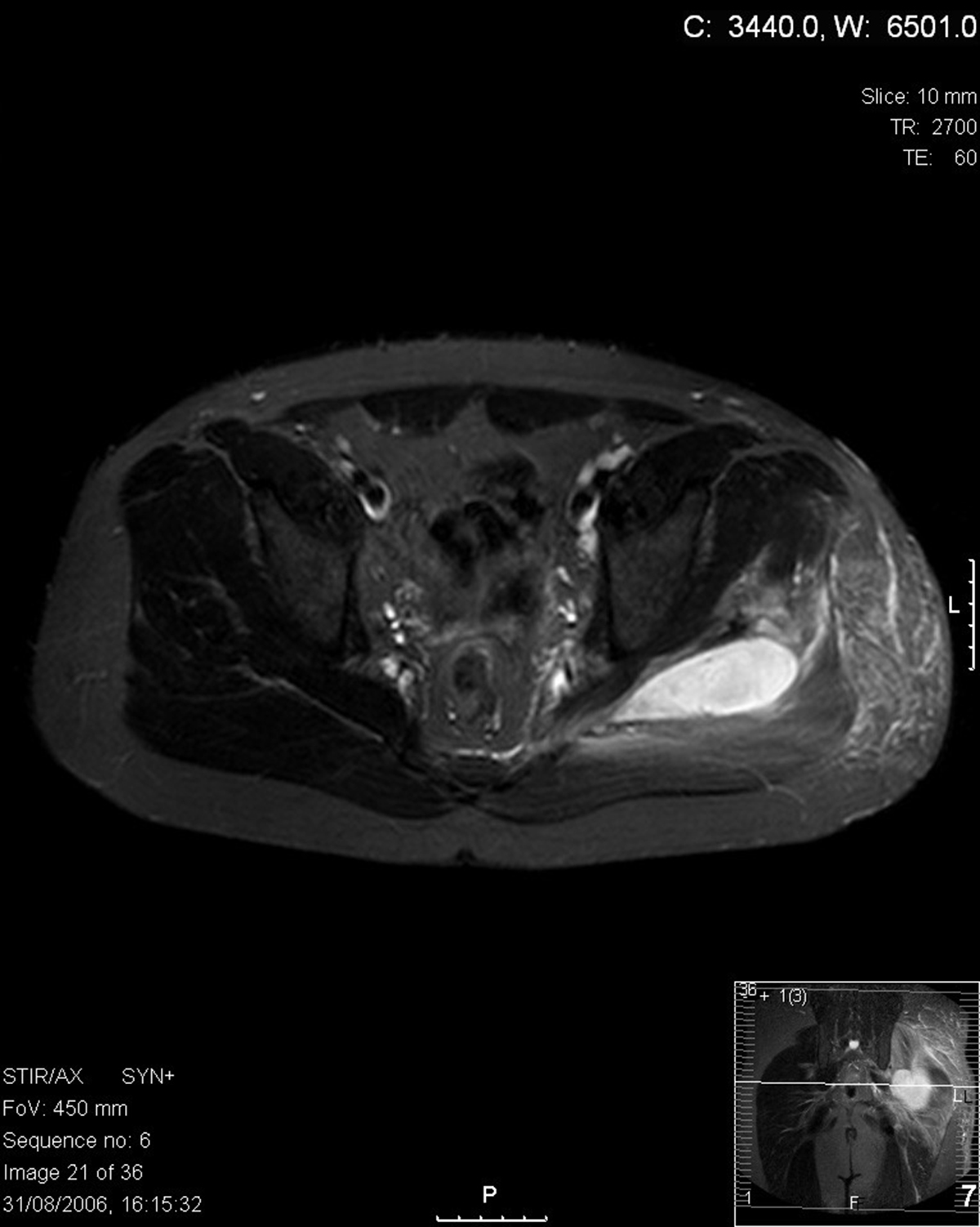
Introduction to sciatica
Sciatica is a set of symptoms (not a diagnosis, as is frequently misunderstood) such as pain, which are caused by compression and/or irritation of one of the sciatic nerves. These are nerves that start from five spinal nerve roots that form a sciatic nerve. Sciatica may also be caused by compression or irritation of the sciatic nerves themselves. Left, right or both nerves might be compressed and/or irritated. Pain caused by this condition can be felt in the lower back, buttocks or along the legs and in the feet. Pain that is felt might be severe, but other problems include numbness and muscular weakness, sensations of pins and needles or tingling, as well as difficulty in control and movement of the leg or legs. Typically, the symptoms are only felt on one side of the body as just one nerve is affected.
Treatment for sciatica depends on the underlying cause of the symptoms. Surgery is an option, but is regarded to be a drastic option. As such, it is recommended only to patients who suffer from severe sciatic nerve pain and received little or no relief from more conservative therapy methods. The catch is that surgery has the same effect as conservative treatment (if effective), but conservative treatment lasts longer, and after some two years results are the same. Also, spinal surgery is always a complicated procedure related to many risks. Just remember that nerves do not recover from damage.
When to go for it, when not
In most cases, surgery is the wrong option for treatment of sciatica pain. Typically, blame falls on spinal abnormality which is believed to be pinching the nerve in the lumbar spine and thus causes lower back and leg pain typical for sciatica. But, it was shown that such conditions rarely or never cause sciatica or any other chronic back pain syndrome. Most sciatica conditions are linked to the disease of nerve roots caused by localized anemia, which should never be treated by surgery. A back injury might cause formation of a spinal source of sciatica, but these cease to exist within weeks or months. Other symptoms are usually traced down to the already mentioned local anemia and corresponding nerve root problems.
Surgery is a viable option for (rare) confirmed cases of pain related to spinal structure such as cauda equina syndrome, which can develop into a medical emergency.















-Causes,-Symptoms,-Diagnosis,-Treatment_f_280x120.jpg)

Your thoughts on this
Loading...